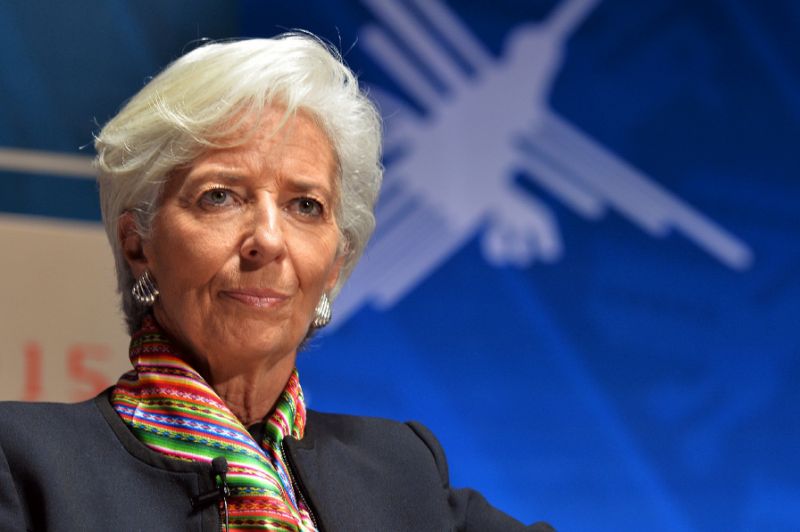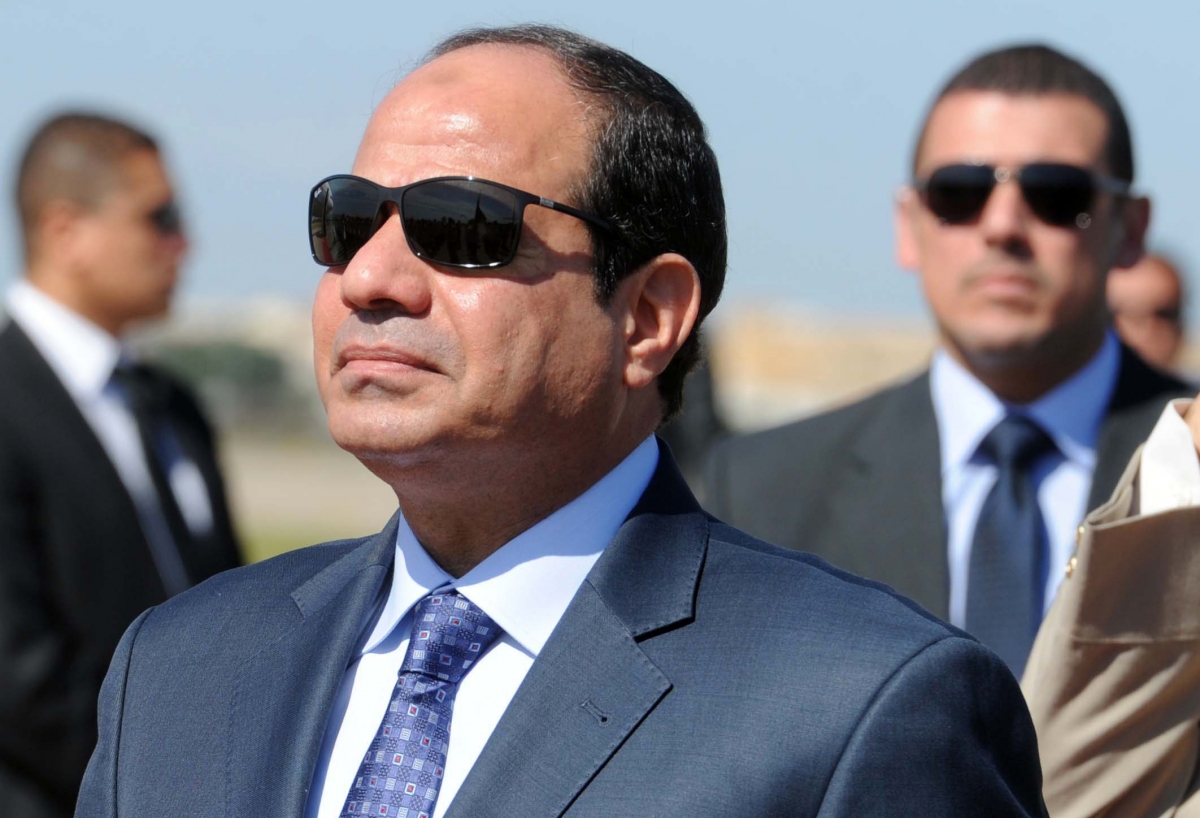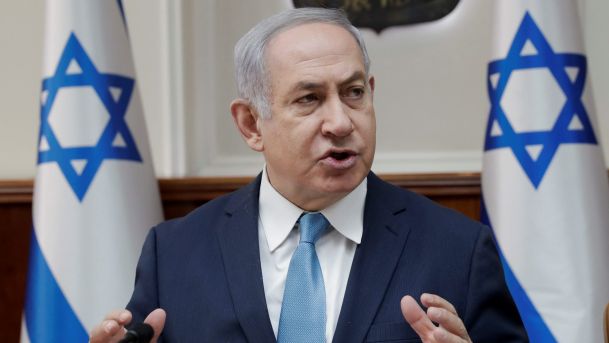Trade tensions are the “greatest near-term threat to global growth,” according to the July 2018 World Economic Outlook Report released by the International Monetary Fund on Monday.
The report highlights a downside shift in the balance of risks, exacerbated by the United States’ announced and anticipated tariff increases. If the threatened trade policies come to fruition, the global output could decrease to 0.5 percent below the current 3.9 percent forecast for 2019.
“Avoiding protectionist measures and finding a cooperative solution that promotes continued growth in goods and services trade remain essential to preserve the global expansion,” the report said.
Other factors that have changed since the April assessment include political uncertainty in Europe regarding immigration policy, fiscal governance, and Brexit terms. Several political transitions occurring in Latin America also raise uncertainties.
Global growth still projected to reach 3.9% in 2018 and 2019 but the expansion is becoming less synchronized across countries and risks in the near term have increased. Just released: World Economic Outlook Update, July 2018 #WEO https://t.co/0XUacVSx69 pic.twitter.com/n07goPcxCq
— IMF (@IMFNews) July 16, 2018
Advanced economies’ projected growth has decreased by 0.1 from 2.5 percentage points since the previous April 2018 report, a result of higher than anticipated growth moderation in euro economies and Japan.
The euro area economy growth is lower by 0.1 from 2.0 percentage points. Projected growth has decreased for France and Germany after diminished activity in the first quarter, as well as in Italy as a result of tighter financial conditions due to political uncertainty. The growth forecast for Japan has diminished by 0.2 from 1.6 percentage points because of low private consumption and investment.
The anticipated growth predictions for emerging markets have remained unchanged due to uneven growth prospects among developing economies. These economies have experienced a global oil price increase of 16 percent in recent months. Among the beneficiaries of higher oil prices are exporters such as the Middle East and Russia, while importers such as India are negatively impacted.
In June, the Organization of Petroleum Exporting Countries (OPEC) and non-OPEC exporters chose to increase oil production by roughly one million barrels per day. Diminishing capacity in Venezuela and U.S. sanctions on Iran may make the deal difficult to sustain.
Developing countries are also affected by higher yields in the U.S., geopolitical conflict, and trade tensions, as well as a 5 percent strengthening in the U.S. dollar in real effective terms. Emerging economies in Europe, Asia, and Latin America have generally suffered a negative effect on their growth projections since the April report.
The IMF remains hazy on the near future of the global economy because of mounting trade tensions. It continues to encourage cooperative, open economies that can find common interests to better suit worldwide growth. It argues, “Policies and reforms should aim at sustaining activity, raising medium-term growth, and enhancing its inclusiveness.”






















